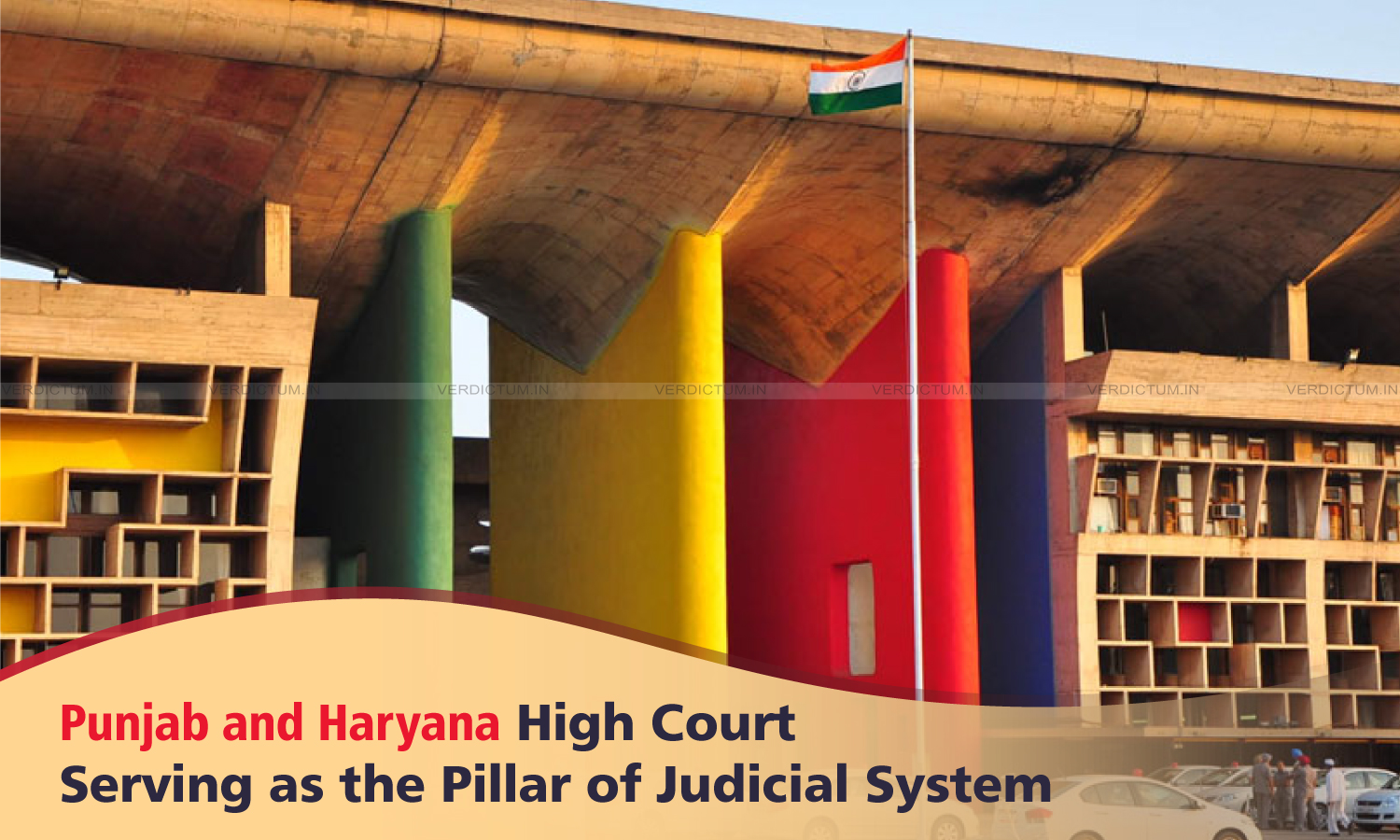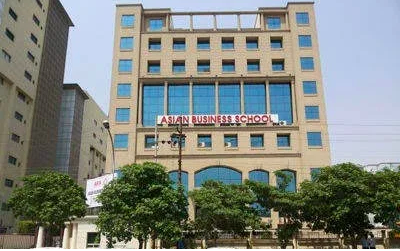Punjab and Haryana High Court – Serving as the Pillar of Judicial System
1. History & Formation
The Punjab and Haryana High Court traces its roots to the Lahore High Court, established in 1919 to serve undivided Punjab and Delhi.
Following Independence and the state reorganisation, it took its present form on 1st November 1966 as the common High Court for Punjab, Haryana, and the Union Territory of Chandigarh.
Its principal seat has remained at Chandigarh since then. The court sits in Le Corbusier’s iconic Palace of Justice within the Chandigarh Capitol Complex, a landmark of modern architecture that is also a UNESCO World Heritage Site.
Do you want to visit Char Dham? Char Dham Travel Agent is the best place to plan your Char Dham tour. You can book the tour from here.
2. Jurisdiction & Scope
The Punjab and Haryana High Court is the shared high court for Punjab, Haryana, and the Union Territory of Chandigarh, meaning a single court serves all three jurisdictions.
It hears civil and criminal cases, decides constitutional and administrative law questions, and exercises both original and appellate powers across these regions.
It also oversees the work of district and subordinate courts within its territory through its constitutional power of superintendence.
Read More: Latest News and Updates from Chhattisgarh High Court
Would you like to visit Indiar? A tour operator in India is the best place to plan your tour. You can book a tour from here.
3. Structure & Composition
One official description puts the court’s sanctioned strength at 38 permanent judges and 30 additional judges, though updated 2025 lists show a sanctioned total of 85 judges (64 permanent and 21 additional).
Day‑to‑day, cases are split across different subject rosters — civil, criminal, constitutional, and administrative — so the right benches hear the right kinds of matters.
To improve access, the court also runs hybrid hearings for select benches, combining physical appearances with video‑conferencing where enabled.
4. Functions & Key Powers
Would you like to visit Haridwar? Travel agents in Haridwar are the best place to plan your trip. You can book your tour right here.
As the region’s top court, it hears appeals from district and sessions courts from Punjab, Haryana, and Chandigarh.
When a case raises fundamental rights or important legal questions, it can take it up directly through writ petitions.
It also oversees all subordinate courts within its territory and can issue directions to government authorities to ensure the law is properly followed.
5. Recent Reforms & Modernization
The court has enabled digital procedures across its operations, rolling out e‑filing, online case details, daily cause lists, and judgments, alongside hybrid hearings.
To reduce frivolous appeals, it has set up screening mechanisms that flag cases already settled by established precedent, helping focus judicial time on matters that genuinely need fresh consideration.
Members of the public, litigants, and lawyers can check case status, read orders, and view the day’s hearing schedule directly through the court’s website, making information more accessible than ever.
Read More: Latest News and Updates from Gujarat High Court
6. Physical & Symbolic Significance
Chandigarh’s High Court isn’t just a courthouse — it anchors Le Corbusier’s Capitol Complex, a UNESCO World Heritage ensemble, making it both a seat of justice and a modernist landmark in its own right.
Set against the Shivalik foothills and close to Sukhna Lake, the site gives the building a dramatic backdrop and a sense of civic gravitas that matches its public purpose.
7. Challenges & Issues
Like many high courts, the Punjab and Haryana High Court carries a significant caseload, and that backlog can slow justice for people waiting years for resolution.
Because it serves two states and one Union Territory, it must coordinate with multiple governments and legal frameworks, adding extra complexity to administration and decision‑making.
Capacity remains a constraint — fewer judges than the sanctioned strength and limited support staff and infrastructure mean continuous recruitment and investment are vital to keep pace with filings.
Modernization is helping: e‑filing, online cause lists, judgments, and hybrid hearings have widened access and reduced routine friction for lawyers and litigants.
The next step is ensuring these digital gains reach everyone — including people in rural and remote areas — so that accessibility rises along with the technology.
Read More: Latest News and Updates from Rajasthan High Court
8. Why It Matters
In simple terms, the Punjab and Haryana High Court is the top court for most disputes across Punjab, Haryana, and Chandigarh, shaping regional law while also standing as a celebrated modernist landmark in Chandigarh’s Capitol Complex.It is the highest court in the region for many matters, hearing appeals from district courts and taking up key issues directly, with the Supreme Court above it for national appeals.
Its role spans people, the legal system, government, and culture, making it central to both justice and civic life in northern India.
For legal professionals, its rulings guide trial courts and often influence how civil, criminal, and constitutional questions are argued across northern India.
For governance, through writs and public‑interest cases, it keeps state authorities to constitutional standards, issuing directions on administration, public law, environmental protection, and rights.
9. Key Practical Tips for Litigants & Lawyers
Here’s a plain‑English checklist to navigate the Punjab & Haryana High Court: check the official sites for today’s cause lists, judge rosters, judgments, and your case status before you plan your appearance.
If you need to attend remotely, make sure your matter is marked for video conferencing and follow the VC Hearing or Online Mentioning instructions provided on the portal.
Check essentials first: use the cause list, judge‑wise lists, roster, and judgment search to know when and where your case will be taken up, and track status by case number, party, or advocate name.
Remote participation: confirm that your item is enabled for hybrid/VC and join via the dedicated Video Conferencing and Online Mentioning links when applicable.
Deadlines and rules: keep an eye on limitation periods and filing timelines; consult the High Court Calendar and the “High Court Rules & Orders” section for procedures that apply to your matter.
Know your bench: check the Judges’ Roster and cause list categories (civil/criminal/writ) to understand which bench is likely to hear your case and how matters are distributed.
Court etiquette: follow the court’s etiquette guidance on attire, devices, and visitor conduct, especially important at this high‑profile courthouse.
Gate and entry: if required, use the eGate‑Pass/Gate Pass utilities before visiting and verify any security or access instructions on the site.
Public services: explore Legal Aid and the court‑annexed Mediation and Conciliation Centre for support, conciliation options, and contact points.
For practitioners and prospective advocates: rely on the court’s official resources (rosters, rules, announcements, recruitment and training links) and coordinate with court‑related professional and mediation institutions as part of practice readiness.
Two official portals: use phhc.gov.in for case utilities (cause lists, VC, e‑filing, display board) and highcourtchd.gov.in for broader information and quick links to the same services.
Read More: Latest News and Updates from Manipur High Court
10. Notable Judgments & Public Impact
The High Court has shown it can bring even decades‑long fights to a close — for example, it recently ended a Sirsa land dispute that had been stuck in litigation for 33 years.
And it doesn’t just decide private disputes: it regularly issues directions on public law — covering things like environmental compliance, illegal encroachments, and state administrative action — reflecting its constitutional role in the region.
To keep justice moving and more accessible, it has also adopted hybrid hearings that mix in‑person appearances with video conferencing where enabled.
11. Conclusion
The Punjab & Haryana High Court brings law, architecture, governance, and public service together — deciding regional disputes while sitting inside Le Corbusier’s UNESCO‑inscribed Capitol Complex in Chandigarh.
With deep history, a distinctive modernist structure, and a wide remit across Punjab, Haryana, and Chandigarh, it anchors the legal system in northern India.
As it evolves — rolling out e‑filing, online cause lists and judgments, and hybrid hearings — while tackling staffing and infrastructure constraints, it is pushing for faster, more accessible justice.
For litigants, lawyers, governance scholars, and citizens, understanding how PHHC works and how to use its public services — from rosters and case status to virtual hearing links — pays practical dividends.For more updates and legal news please visit our website www.verdictum.in
Original Post content Sources Here: Punjab and Haryana High Court – Strengthening India’s Judicial Framework






